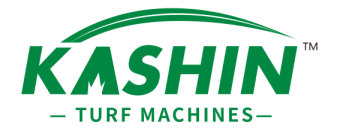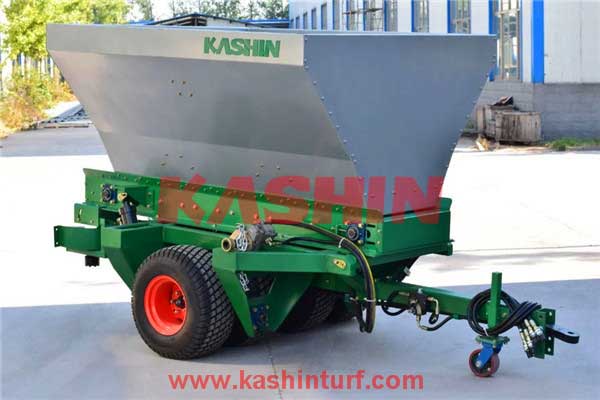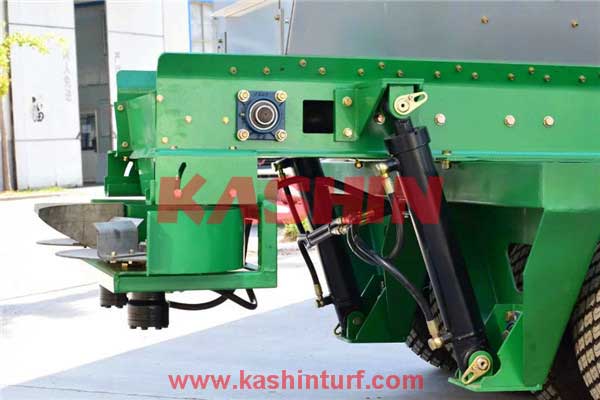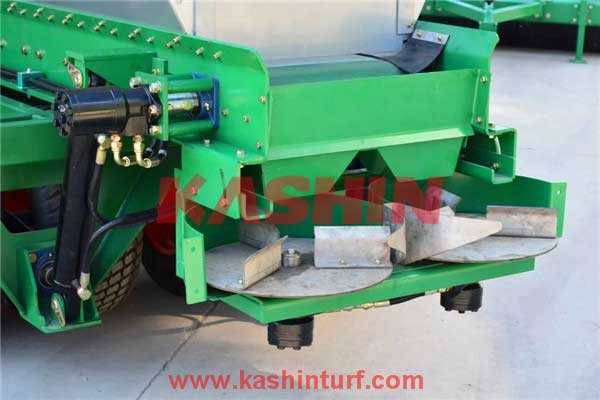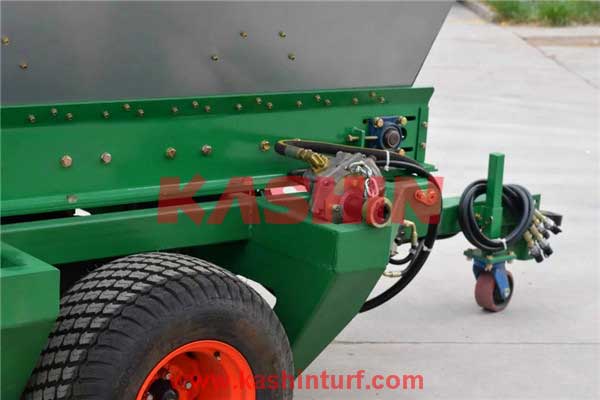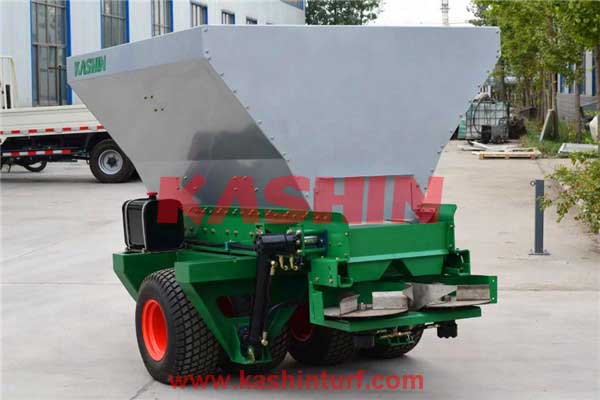What is Turf Top Dressing?
Why is Top Dressing with Compost So Effective?
Compost significantely increases soil’s water retention, improves the overall soil structure, stimulates microbial activity, breaks down thatch, and neutralizes the soil’s pH. It is simply the best, natural, slow-releasing soil amendmant, containing everything turf needs to thrive.
What are the Steps Involved in Compost Top Dressing?
After you have mowed the lawn (2 inches, or 4.5 centimeters, is an ideal height for top dressing) and, when needed, have performed core aeration and over seeding, fill up the Ecolawn hopper with compost or a compost blend. Propel the spreader to the farthest section of the lawn and spread the material in a consistent pattern. Repeat this process until the entire lawn is amended. For quick activation, water the lawn for the next two days.
When Should I Top Dress and How Frequently?
You can top dress at any time during the year. Usually, top dressing is recommended during the growing season, but not during extreme heat waves. As a general rule, we recommend top dressing with compost at least once a year. However, there are two factors that determine the frequency of top dressing:
- The Amount of usage the lawn get;
- The health of the soil in which it is growing.
Heavily used lawns and unhealthy soils may benefit from more frequent applications.
How Much Should I Charge for Compost Top Dressing?
Price the service according to how many yards or cubic meters of compost or compost blend you will need to top dress the lawn.
Follow our easy recommendations to determine the necessary cubic yards or meters based on the lawns surface area. Example: a 10,000 sq. ft.lawn (or 930 sq.
meter lawn) will need 5 cu. yrds (or 3.75 cu. meters) to topdress that size lawn. To renovate that same area will require twice the material.
Next, multiply the cost of the compost or compost blend by 4 or by 5, depending on the total square footage of the area to determine the final price.
- For areas over 10,000 sq. ft. or 930 sq. meters, cost x4
- For areas less than 10,000 sq. ft. or 30 sq. meters, cost x5
(Note: Exercise common sense in order to determine what your market can bare.)
